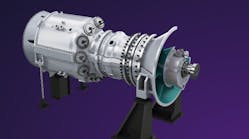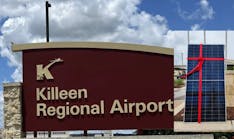Heirloom and CarbonCure Partner to Permanently Store Atmospheric CO2 in Concrete
CarbonCure Technologies and Heirloom have partnered to permanently store atmospheric CO2 captured by Heirloom’s Direct Air Capture (DAC) technology in concrete using CarbonCure’s carbon mineralization technologies. The partnership will operate under an agreement through 2025 and improvize the DAC-to-concrete storage pathway showcased by both companies.
Heirloom uses limestone to attract CO2 from the air, which is then broken down into calcium oxide rock and CO2 gas using heat from a renewable-energy-powered electric kiln. The calcium-based material is spread onto vertically stacked trays where it acts like a sponge, helping pull CO2 from the air before it is returned to the kiln, and the process starts again.
The CarbonCure process ensures that the stored CO2 is not returned to the atmosphere even if the concrete is demolished.
“The urgency of deploying and scaling removal technologies becomes more clear with each temperature record that is broken,” said Shashank Samala, CEO of Heirloom. “Being able to immediately move forward with real-world deployments that permanently sequester CO2 will be invaluable as we race to meet the urgency that climate change requires.”
This process was successfully demonstrated when CO2 was captured at Heirloom’s DAC facility in Brisbane, California. By using CarbonCure’s Reclaimed Water Technology, that CO2 was permanently stored in concrete and then supplied to construction projects across San Jose, CA.
While CarbonCure provides a proven, immediately available, and verifiable concrete storage solution, Heirloom plans to introduce its first commercial facility.
Additionally, Heirloom and CarbonCure are working together on a DAC Hub project in Illinois, post a notification of selection by the Department of Energy.
CarbonCure’s global network of concrete producer partners has produced more than five million truckloads of carbon mineralized concrete, reducing more than 365,000 metric tons of CO2, equivalent to removing more than 80,000 gas-powered cars from the roads for a year.





